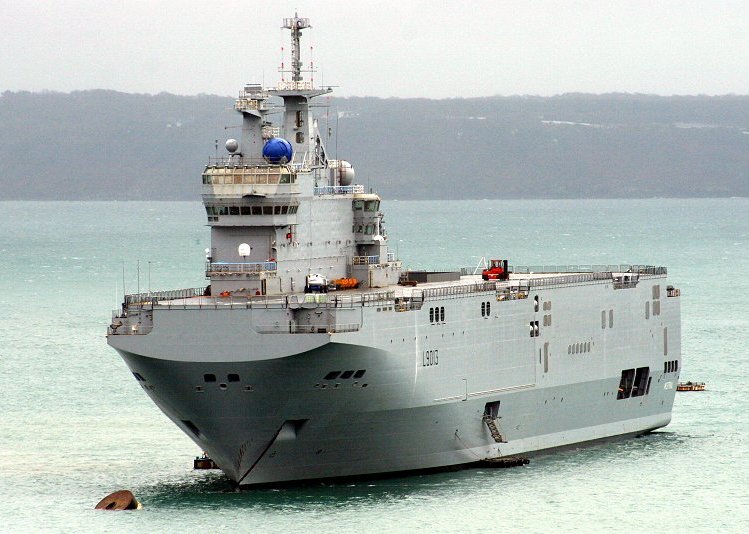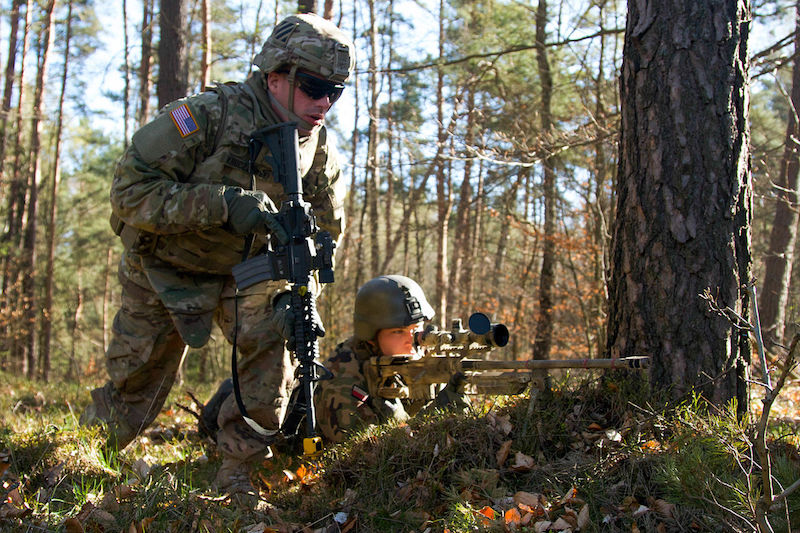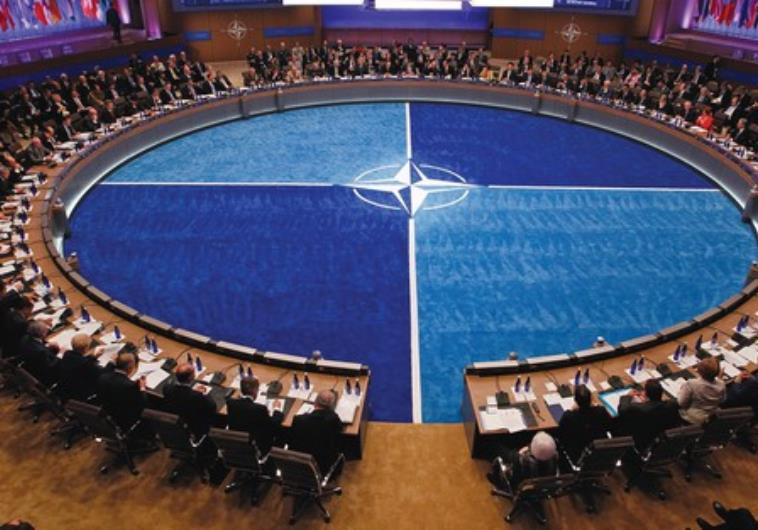In 2019, the federal government selected the replacement for the Royal Canadian Navy’s (RCN) aging Halifax-class frigates and Iroquois-class destroyers: the fifteen new Canadian Surface Combatants (CSC) will be a modified British frigate designed to operate as an anti-air or anti-submarine platform in coastal waters and the open ocean. In concert with the four Victoria-class submarines and smaller coastal patrol vessels (Kingston-class patrol ships and Harry DeWolfe-class icebreakers), this will likely represent the totality of Canadian naval combat power until the 2040s.
This is unlikely to provide enough multi-role capability. Within NATO’s operational structure, individual Canadian ships are integrated into Maritime Command’s Standing Maritime Group (SMG) deployment regimen. Here, Canadian frigates, submarines, or patrol vessels operate as small parts of a cohesive whole, in concert with other member navies, providing anti-submarine, anti-ship or anti-aircraft cover over a specific area. Yet these activities do not address issues of force projection or sealift capabilities to support troops ashore.
Furthermore, this NATO-specific combat role also does not take into account commitments between Canada and other nations to undertake individual missions elsewhere, such as Operation Apollo in 2001, in support of the US’ global operations against terrorism and piracy, or missions that Canada may wish to undertake in support of its own interests, such as Operation Limpid in 2022. Already spread across a variety of commitments, Canada may be called upon to contribute more ships and personnel if a crisis emerges.
Canada passed up an opportunity to expand its maritime abilities in 2014. After the Russian invasion of Crimea in that year, France, which had been constructing two Mistral-class amphibious landing ships for the Russian navy, seized them as part of sanctions against Russia. There was speculation at the time that the Canadian navy should purchase them to enhance its sealift capacities with these large, multi-role vessels, but both ships were eventually sold to the Egyptian navy in 2015, as a Canadian federal election rendered Canada unable to negotiate for them.
Purchasing such ships depends on what future missions the Canadian navy will undertake. As Russian aggression continues in Eastern Europe, and China is increasingly assertive across the Western Pacific, Western navies have reasserted a focus on blue-water operations after more than a decade of significant coastal patrol and so-called ‘green-water’ operations in support of shore-based objectives. The Australia-UK-US (AUKUS) pact and the Australia-India-Japan-US ‘Quadrilateral Security Dialogue’ (the Quad) signal a return to large-scale naval combat involving significant power projection: any nuclear-powered submarines that Australia will purchase as part of AUKUS, for instance, will have the ability to conduct offensive operations in most undersea environments around the globe.
For Canada, this means the possibility of future conflict may not occur as part of NATO’s SMG. While the waters surrounding North America are largely policed by the US, and no other power currently has the ability to invade the continent via sealift, other potential hotspots might require a forward maritime presence by AUKUS, the Quad, or a loose coalition of nations involving Canada: Taiwan, in the event of a Chinese invasion, might require such a response.
Not all missions, however, revolve around combat: the use of helicopter- and troop-landing ships would be useful in a disaster assistance role. The conversion from combat purposes to medical and civil provisions would enable Canada to assist Caribbean or African states affected by natural disasters. Such a role was performed under Operation Unified Assistance after the Indian Ocean tsunami in 2004, as the US Navy tasked the USS Abraham Lincoln aircraft carrier group, including the USS Bonhomme Richard (a landing ship similar to the Mistral-class), to render medical and civil assistance on the Indonesian island of Sumatra.
While nobody is advocating that Canada needs large aircraft carriers or nuclear submarines, the purchase of amphibious landing ships would allow Canada to increase its hard- and soft-power projection abilities. The combination of up to sixteen air assets (large and small helicopters), as well as an embarked combat unit of 450 soldiers or civilians, and either tanks or disaster-relief equipment (see here for technical details), would be useful for the variety of missions outlined above.
Two ships, one for each coast, could be used for sovereignty enforcement or disaster response (under Operation Lentus, which responds to natural disasters in Canada such as wildfires or floods), but could not operate in Arctic waters during the winter season unless specifically strengthened to withstand the ice. These are not insurmountable challenges, but the process of acquisition and deployment would be a long one given Canada’s perennial difficulties in procuring new equipment, and would likely strain Canada’s defence commitments elsewhere.
Thus, while there would be challenges to acquiring, equipping, and staffing Canadian Mistrals, they would ultimately permit the RCN to take a more proactive stance within multilateral commitments and enable Canada to take more of a leadership role within international naval operations, disaster responses, and humanitarian missions around the globe.
Photo: ‘Protection and Command Vessel Mistral in Brest Harbour’, by Yannick Le Bris, 12 February 2005. Licensed under Creative Commons CC BY-SA 3.0.
Disclaimer: Any views or opinions expressed in articles are solely those of the authors and do not necessarily represent the views of the NATO Association of Canada.




